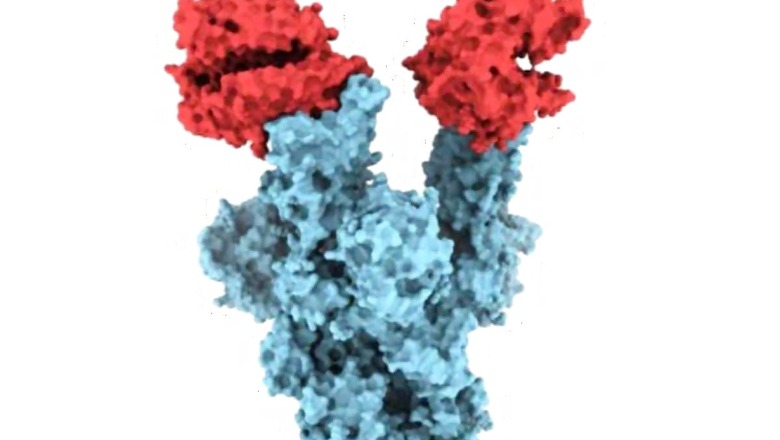
views
Claiming to have found some headway into how the virus may react to current vaccines, researchers at the University of British Columbia have been able to capture the first images of a mutation on a COVID-19 variant.
The University of B.C. says the researchers are the first to publish structural images of the mutation found on one portion of the SARS-CoV-2 spike protein, according to a Canadian media report.
The spike protein is the part of the virus that opens the door to infection, while the mutation is the change believed partly responsible for the rapid spread of the variant first identified in the United Kingdom and India.
The B.1.1.7 variant, first reported by the World Health Organization (WHO) in mid-December last year, has an unusually large number of mutations.
“The pictures, taken at near-atomic resolution, provide critical insight as to why the B.1.1.7 variant – first detected in the UK and now accounting for a growing number of cases across Canada – is more infectious,” University of British Columbia (UBC) said in a statement.
A team led by Dr. Sriram Subramaniam, professor in the department of biochemistry and molecular biology at UBC’s faculty of medicine, found the images show localized placement of the mutation allows it to enter human cells more easily.
The team’s analysis, recently published in PLOS Biology, reveals that, once inside, the mutation can still be sidelined by antibodies from current vaccines.
“The images we captured provide the first structural glimpse of the N501Y mutant and show that the changes resulting from the mutation are localised. In fact, the N501Y mutation is the only mutation in the B.1.1.7 variant that is located on the portion of the spike protein that binds to the human ACE2 receptor, which is the enzyme on the surface of our cells that serves as the entry gate for Sars-CoV-2,” the report quoted researchers.
Read all the Latest News, Breaking News and Coronavirus News here. Follow us on Facebook, Twitter and Telegram.




















Comments
0 comment